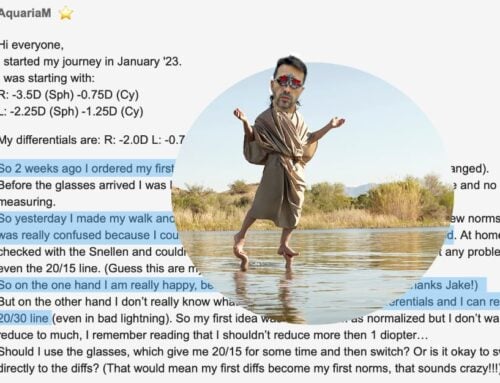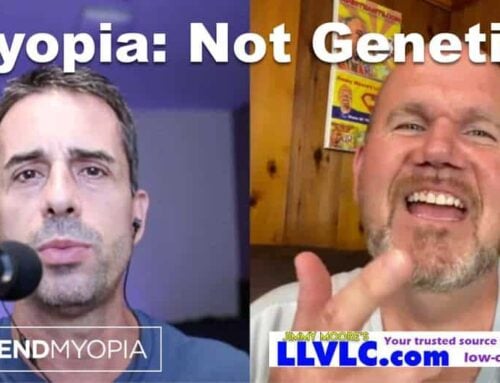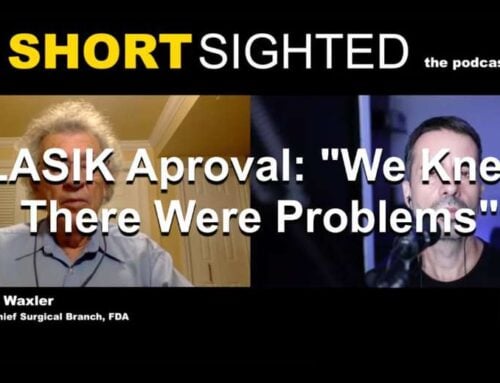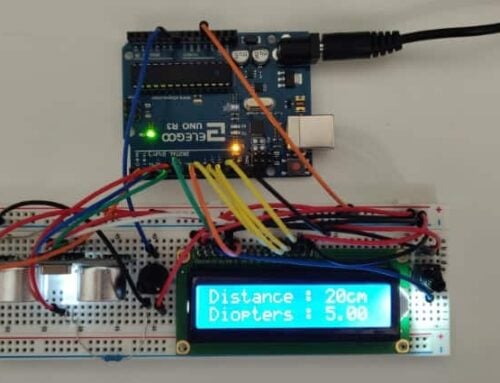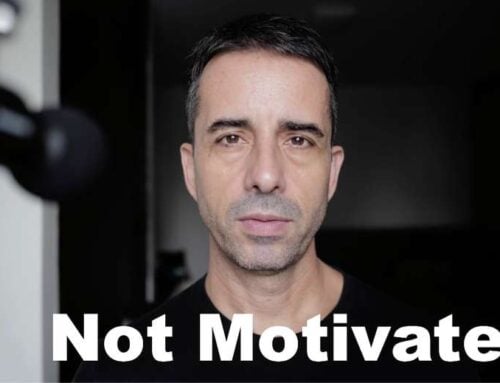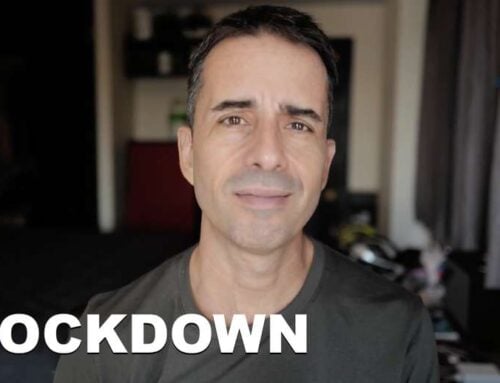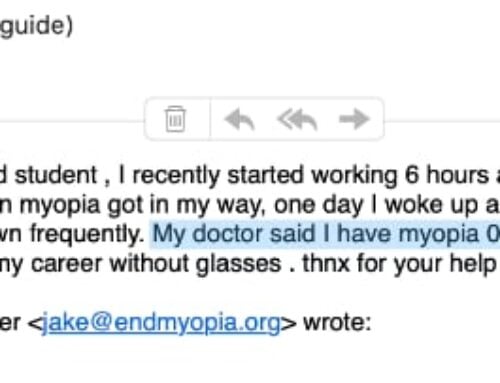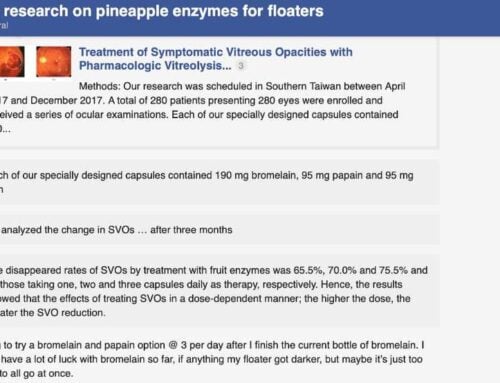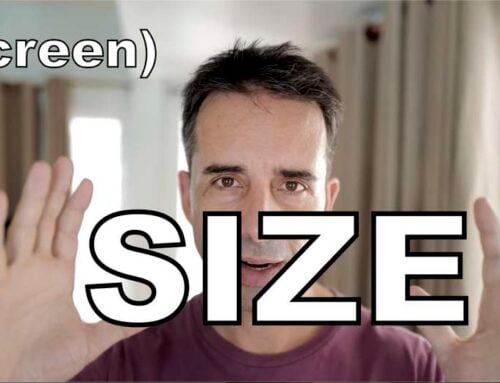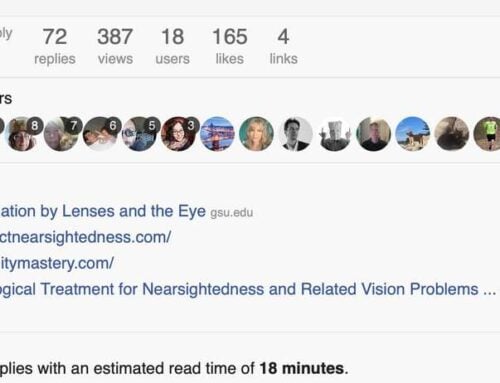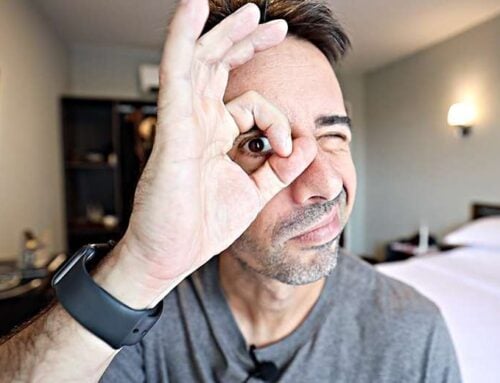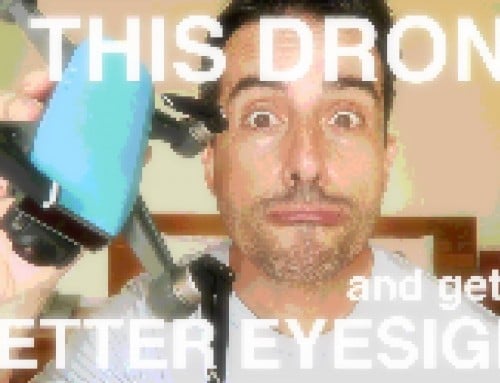The marketing consultant keeps pushing me to add some hyperbole to the titles. He insists that my Austrian sense for civility and understatement is not what you want – so there we have it: Fluorescent lights kill your vision.
And they do, sort of.
If you are participating in any of my Vision Improvement Courses, you know all about my credo of ‘don’t take Alex’ word for it’. As with anything else I tell you, you can try this one yourself, quite easily:
Pick a sunny weekend day, a day off. Don’t wear your glasses while you’re outside. Take a nice walk, ending up at a local shopping mall. It will be brightly lit inside, in terms of brightness it will be quite similar to the outdoors. Look at some distant writing, at least 8 or more meters away, while outside (some caveats in a moment). Then, after you step into the fluorescent lit, no-windows mall environment, locate another, similar sign, at a similar distance. Notice how much less clearly you can see?
Now, obviously this works best if you are below -3D in myopia prescriptions. If you are a high myopia, you will to some extent have to take my word for it. Though even you, can compare:
Take your laptop outside, into a shaded area during a sunny day. Don’t wear any glasses while looking at the screen. See how far you can move the screen from your eyes before the text blurs. Now repeat the same experiment at the office (if it is an average office, that is to say no windows, and fluorescent lighting). Notice the difference?
To quantify this further, you could use the centimeter measurement and do this a few times, keep a log.
You’ll likely find anywhere from 10% to more than 25% (!) drop in acuity between the naturally lit, full spectrum UV environment, and the fluorescent lighting environment.
Now why, Aleximus, might you ask, does this happen? And even more, could you wonder, why should you care?
It’s a design specifications thing. To stay out of physics and optics for a moment, let’s consider a simple example. Take your car. It runs nicely. You step on the gas, get out on the highway, drive it all day at 65mph. No problem. Now, take the same car, try to drive it at 65mhp in the desert, on sand. You won’t have quite the same experience. Even without knowing a whole lot about the specific properties of sand vs. concrete, you know full well that you won’t do a relaxed 65mph, in your car, on sand.
It looks the same though, more or less, from a distance, than concrete. It’s flat. It’s even. It’s of consistent color. Someone not familiar with sand, just looking at a photo of a flat sand surface, might not guess that a car would not do well on it.
Just as your eyes are not designed to look at a close-up object all day (and that’s how you became myopic), it was not designed to function at best capacity while using a partial spectrum of light. The light doesn’t appear much different, but it is in so many ways. For one, you already noticed, you see less clearly with it. You also wouldn’t get a sunburn from it. Some of my clients like to philosophize, even, that the fluorescents at their office steal their soul.
That is not my area of expertise, though.
As for the fluorescent lighting, the problem is that you are now stacking the odds against your favor. You are already straining your eyes looking up close. Add to that the likely fact that you are getting less usable light spectrum, which translates to as much as 0.5 to 1.5 diopters of lowered acuity. That all adds up to a lot of not-so-good-for-your-eyes.
How can you improve your vision health, while stuck in a fluorescent lit office all day?
First, since this is not Vogue magazine, I won’t tell you that this is the magical secret to fix myopia. Actually, following the advice coming here, won’t do much at all to improve your vision in any way, whatsoever.
Just like you should get more beta carotene into your diet, and some natural (shaded) U.V. exposure for your eyes, these are general vision health strategies. To maximize all the aspects for healthy eyes, you should get full spectrum UV bulbs to provide your ambient lighting, when reading indoors. Should. You can recover from a -4D to 20/20, without ever using such a thing. What you need to improve eyesight, is proper strain management, prescription adjustments, and active focus work. All this will do, is help reduce some of the strain factors that add to your myopia symptom.
So, if you are not doing any of the important things (as mentioned in the Vision Improvement Programs that you could sign up for, here) – such as keeping healthy viewing distance, never wearing your distance prescription while looking at your computer, and ideally working with prescriptions that help you stay in active focus – then buying new light bulbs won’t help you.
But if you are already doing everything else, and need that extra edge, then by all means:
There are a number of companies selling full spectrum UV bulbs. You can find them on ebay, Amazon, and even some local stores. To whatever degree possible, you should be getting your ambient indoor light from this type of bulb, to give you the best possible vision to begin with. With that, you will want to use your differential prescription for all close-up work, push focus, and get that bit of extra edge to help you keep on reducing your myopia.
I’m making no endorsements, but there are plenty of choices, like this one.
Meanwhile, Tom posted his own research findings in the forum:
Alex’s recent blog on fluorescent light bulbs was spot on. Since I was myself researching light bulbs this week, I thought I might as well summarize the result of my research here, as it might be of relevance to some of you.
=Sunlight=Depending on the time of the day, the sunlight emits at different Color Temperatures: 5000 Kelvin in the morning and 6500K at noon. However, just because a source emits at a specific color temperature doesn’t mean it will appear as a specific color – Our perception of color depends on other factors such as the intensity of light (see https://www.solux.net/cgi-bin/tlistore/infopages/eyes-response.html).
The spectral power distribution of sunlight also changes throughout the day, but two things are sure: the spectral curve is smooth and rather flat (i.e., no spike and even distribution of different colors).
The light bulbs marketed as “full spectrum” should then satisfy the mentioned 2 criteria, which they rarely do. The “eco-friendly” marketing is also very alarming so do keep that in mind.
———–Original Incandescent
———–
These bulbs usually emits at around 2700K, their spectral power distribution looks smooth but not exactly even (skewed to the left, with emphasis on the reddish colors). They portray colors accurately though (Color Rendering Index 100). Not very energy efficient either with all that dissipated heat (12- 17 lumen per Watt).
——–Neodymium Incandescent
——-
Attempt to emulate the sunlight’s color temperature leads to the creation of this kind of bulbs. Although the purple coating makes incandescent appear whiter, it also reduces the accurate portrayal of colors (Color Rendering Index could drop to below 80). The spectral power distribution is smooth but weird-looking – gaps around some wavelengths.
GE Reveal Specification:http://www.popularmechanics.com/technology/gadgets/tests/incandescent-vs-compact-fluorescent-vs-led-ultimate-light-bulb-test-6#slide-6
Another one:http://www.solux.net/cgi-bin/tlistore/infopages/reveal.html
—-Halogen—-
These bulbs, if unaltered, emits at around 3400K (but their Color Temperature can be modified through the use of filters). They are generally poor in energy efficiency (Wikipedia says 16 lumen/Watt for glass halogen and 24 for quartz halogen). When unaltered, it portrays the colors accurately. Spectral Power Distribution differs widely depending on manufacturers.
I haven’t try LED yet (they are pretty expensive anyway), but I’ve just received 2 Solux PAR38 bulbs, they seem to recreate the sunset environment fairly well, but they are not bright enough for general purpose so you’ll need many of them to light up your house.
For the whole topic, go to https://endmyopia.org/myopia-forums/topic/eye-friendly-light-bulbs/
File this one under the category of additional-ways-to-reduce-eye-strain. Buy some bulbs, if you notice a big drop in centimeter measurement while working in such an environment. Meanwhile, I keep adding tips that help you gain an edge (like the distance-enhancing projector strategy outlined here).
Enjoy!



